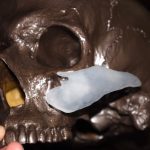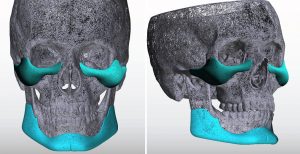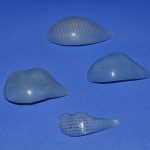It is well known that one of the major contributors towards the perception of an attractive face, albeit a man or a woman, is the proportion of certain features. Known as indicators of facial beauty, disproportionate and asymmetric features are the main reasons many patients seek plastic surgery procedures. One can debate endlessly why this is so, but we are fundamentally driven to an attractive face from an innate drive of evolution and the desire to procreate. Attractiveness is desireable because it is perceived, right or wrong, to be associated with better genes.
But what are some of these features and can they really be changed by plastic surgery? For women it is bigger eyes, a rounder forehead, a smaller nose, well defined cheeks, larger lips and a chin that is not too prominent. For men, slightly prominent brows, a nose with a high dorsal line, well-defined cheeks, and a strong chin and jaw angles are associated with more masculinity. Short of the size of the eyes, all of these facial features can be modified by differing plastic surgery techniques.
The one desireable facial feature that both men and women share is the value of high and well-defined cheek bones. It is probably the only facial feature whose size and prominence is considered attractive for both sexes. It is also the one facial feature that I never receive requests to be reduced. (short of Asian patients and this more about the zygomatic arch width not anterior cheek projection) Few patients, if any, really want smaller cheeks.



The cheeks can contribute significantly to one’s facial attractiveness. But it needs to be considered within the context of the whole face. The balance of one’s facial features is what makes for gender-specific facial beauty.
Dr. Barry Eppley
Indianapolis, Indiana



